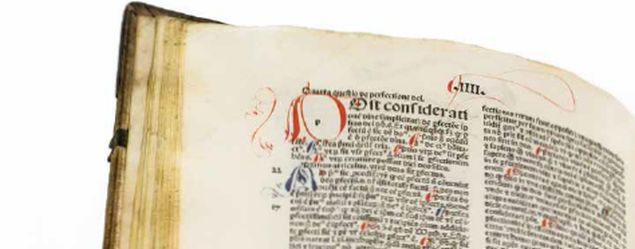
Commentaries on the Exhibit’s Works
Files
Download Commentary (184 KB)
Description
A brief commentary prepared by Fred W. Jenkins, PhD, Professor and Associate Dean for Collections and Operations, University Libraries, on the following work:
Book of the Dead: The Book of Going Forth By Day of the priestess Ta-er-pet (the Papyrus MacGregor)
Late 1st century BC; 23 feet, 6 inches long, divided into nine sections; includes a unique chart of images depicting 75 protective amulets
Permission Statement
This item and all others in the Imprints and Impressions collection are licensed for research, educational and private use. Proper attribution must be used when downloading or reproducing this content. If you wish to use the materials for other purposes, please contact University of Dayton Libraries to obtain permission: 937-229-4221.
Contents of Streaming Media
Fred Jenkins, associate dean of University Libraries, explains the ancient Egyptian cultural practice of making guidebooks for the deceased.




Comments
The ancient Egyptians were fascinated by the afterlife, developing a vision of it that greatly resembled their own lives. An elaborate funerary literature for arriving at a good afterlife included, in succession, the Pyramid Texts, the Coffin Texts, and the Book of Going Forth by Day, now commonly called the Book of the Dead.
The Book of Going Forth by Day came into use early in the New Kingdom (ca. 1650–1069 BC). It was normally written on papyrus in hieroglyphic or hieratic script. The example on display is part of one prepared for a woman named Ta-er-pet at Akhmim in the first century BC. Reverend William MacGregor (1848–1947), a social reformer and philanthropist, acquired the Papyrus in the late nineteenth century. It is noteworthy for an illustrated list of seventy-five amulets on the reverse of its second sheet—a feature found in no other extant version.